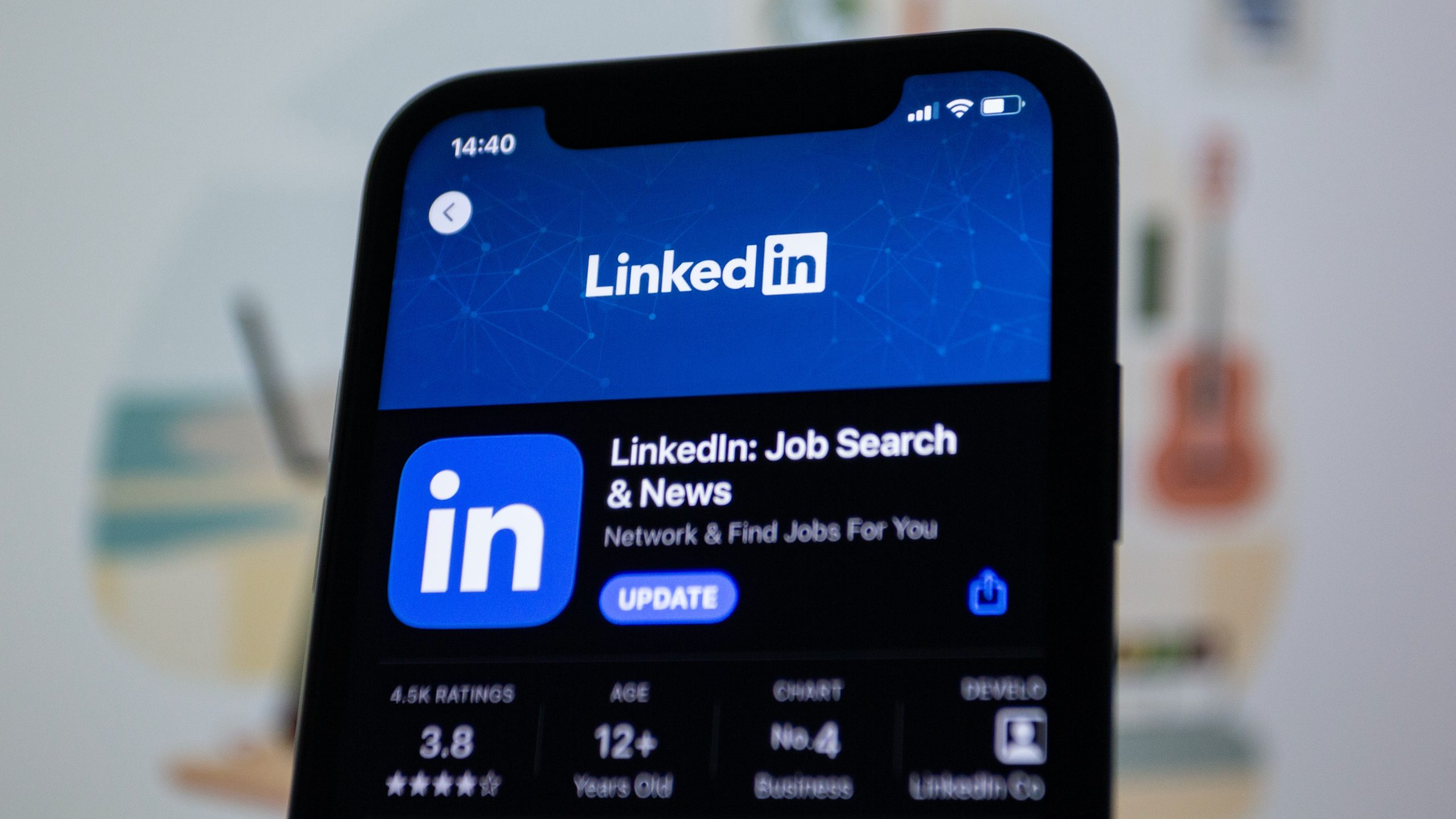In today’s fast-paced world of B2B marketing, finding the right platform to connect with potential clients and customers is crucial. Enter LinkedIn, a platform that has grown far beyond just a place to hunt for jobs or recruit talent. With over 774+ million users worldwide, LinkedIn has become a powerhouse for professional networking, content sharing, and, most importantly, B2B marketing. In this blog post, we’re going to dive into why you should give LinkedIn serious thought for your B2B marketing endeavors and how to make the most of it to achieve real results.
LinkedIn’s B2B Marketing Potential
LinkedIn is often dubbed the social network for professionals, and it lives up to that reputation. Unlike other social platforms, LinkedIn’s user base is primarily composed of business professionals, decision-makers, and industry leaders. This unique audience composition makes it an ideal playground for B2B marketers. Here’s why:
1. Precision Targeting
LinkedIn is a master at helping you reach a precisely targeted audience. With its advanced targeting options, you can narrow down your audience based on criteria like industry, company size, job title, location, and more. This level of precision allows you to tailor your marketing campaigns to hit the bullseye every time.
2. Becoming a Thought Leader
LinkedIn is your stage to shine as a thought leader in your industry. By consistently sharing valuable content, you can establish your company as an expert in its field. Publishing articles, sharing insights, and actively participating in industry discussions can earn you credibility and the trust of your desired audience.
3. A Hub for Content Marketing
Content marketing is the heartbeat of B2B marketing, and LinkedIn provides ample opportunities to showcase your content. You can publish articles, create engaging videos, share eye-catching infographics, and post regular updates to keep your audience engaged. The LinkedIn algorithm rewards quality content, making it easier for your posts to gain visibility.
4. Lead Generation Made Easy
LinkedIn offers robust lead generation tools that can help you identify and connect with potential leads. Features like LinkedIn Sales Navigator empower you to search for prospects, view their profiles, and send personalized messages. This simplifies your lead generation efforts and ensures you’re working with high-quality leads.
5. Networking Galore
Networking is at the core of LinkedIn’s mission. Building and nurturing professional relationships can open doors to new business opportunities. By connecting with industry peers, potential partners, and clients, you can expand your network and discover valuable connections.
6. Advertising That Works
LinkedIn offers a variety of advertising options tailored to your B2B marketing goals. Sponsored content, sponsored InMail, and display ads are just a few of the ways you can promote your products or services. With precise targeting, your ads can reach the most relevant audience.
7. Rich Analytics and Data Insights
To measure the effectiveness of your B2B marketing campaigns, you need data and analytics. LinkedIn provides detailed insights into your content’s performance, the impact of your ads, and engagement metrics. Armed with this data, you can fine-tune your strategy and make informed decisions.
Tips for Navigating LinkedIn’s B2B Marketing Waters
Now that we’ve established why LinkedIn is a promising platform for B2B marketing, let’s dive into some practical tips to succeed here:
1. Polish Your Profile
Before you dive into B2B marketing on LinkedIn, make sure your company’s profile is in top-notch shape. Use a professional profile picture, craft an enticing headline and summary, and include relevant keywords. A well-optimized profile sets the stage for building trust with your audience.
2. Craft Valuable Content
Content is the fuel that powers LinkedIn. Invest in creating high-quality, informative, and engaging content that resonates with your target audience. Share industry insights, case studies, success stories, and thought leadership articles to establish your authority.
3. Consistency Is Key
Consistency keeps the LinkedIn engine running. Develop a content calendar and stick to a regular posting schedule. This keeps your audience engaged and ensures your content reaches a wider audience.
4. Engage Authentically
Don’t treat LinkedIn as a one-way street. Engage with your connections and followers by responding to comments, actively participating in discussions, and acknowledging relevant mentions. Building meaningful relationships can lead to more opportunities.
5. Make the Most of LinkedIn Groups
LinkedIn groups are a goldmine for connecting with like-minded professionals and sharing your expertise. Join relevant groups in your industry and actively participate in discussions to expand your network.
6. Consider LinkedIn Advertising
If you have the budget, explore LinkedIn advertising to supercharge your reach. Experiment with different ad formats and targeting options to find what works best for your B2B marketing objectives.
7. Measure and Fine-Tune
Regularly analyze your LinkedIn analytics to track how your content and advertising campaigns are performing. Use this data to make informed decisions and refine your strategy for better results.
Conclusion
LinkedIn has transformed into a B2B marketing powerhouse, offering an array of features and tools to help businesses effectively connect with their target audience. Its ability to reach a highly targeted and engaged audience, coupled with opportunities for content sharing, networking, and lead generation, make it a platform worth serious consideration for your B2B marketing needs.
To succeed on LinkedIn, focus on building a strong presence with optimized profiles, valuable content, and consistent engagement. Leverage the platform’s advertising options and take advantage of data analytics to refine your strategy over time. With the right approach, LinkedIn can be a game-changer for your B2B marketing efforts, helping you connect with decision-makers and drive business growth in your industry.

Leave a Reply